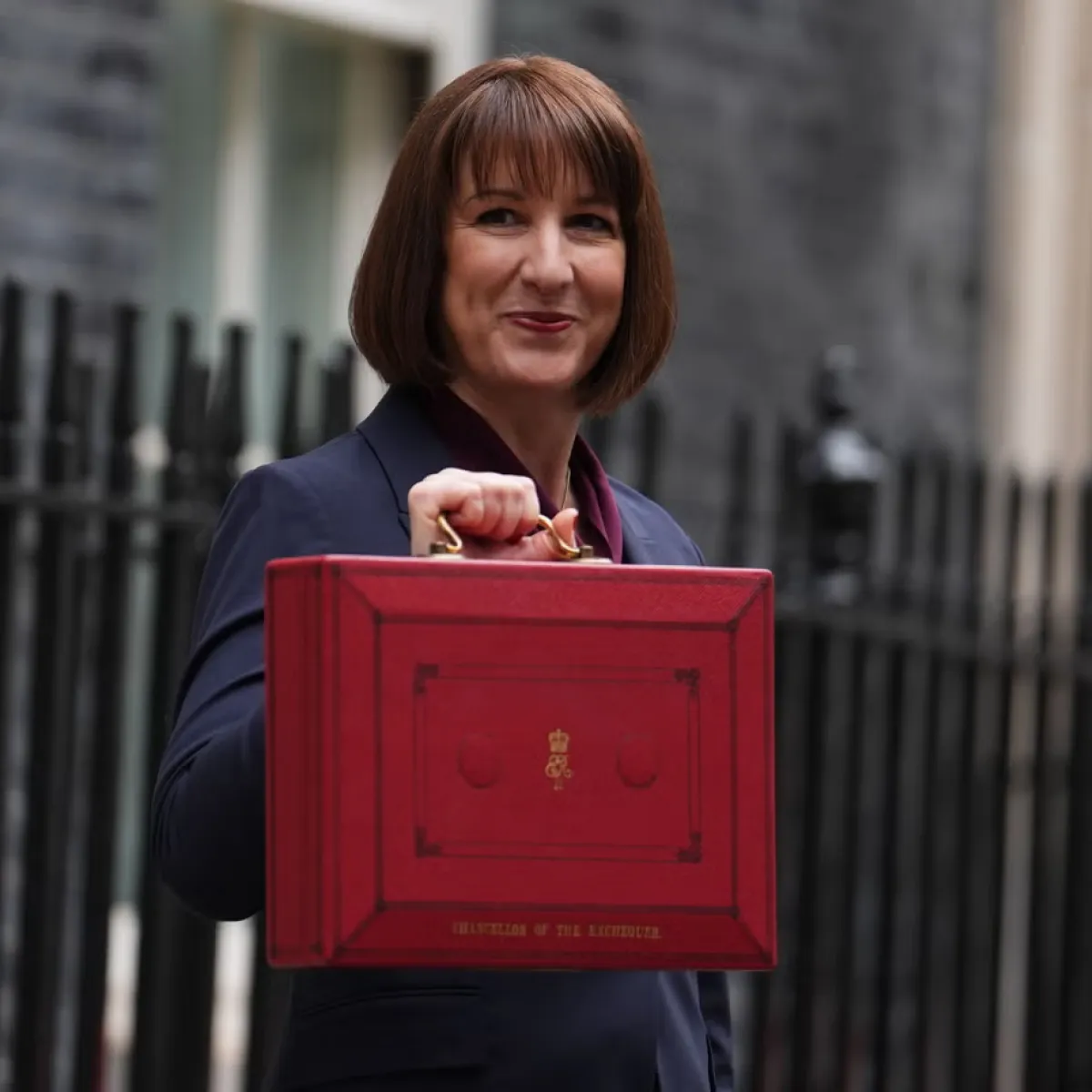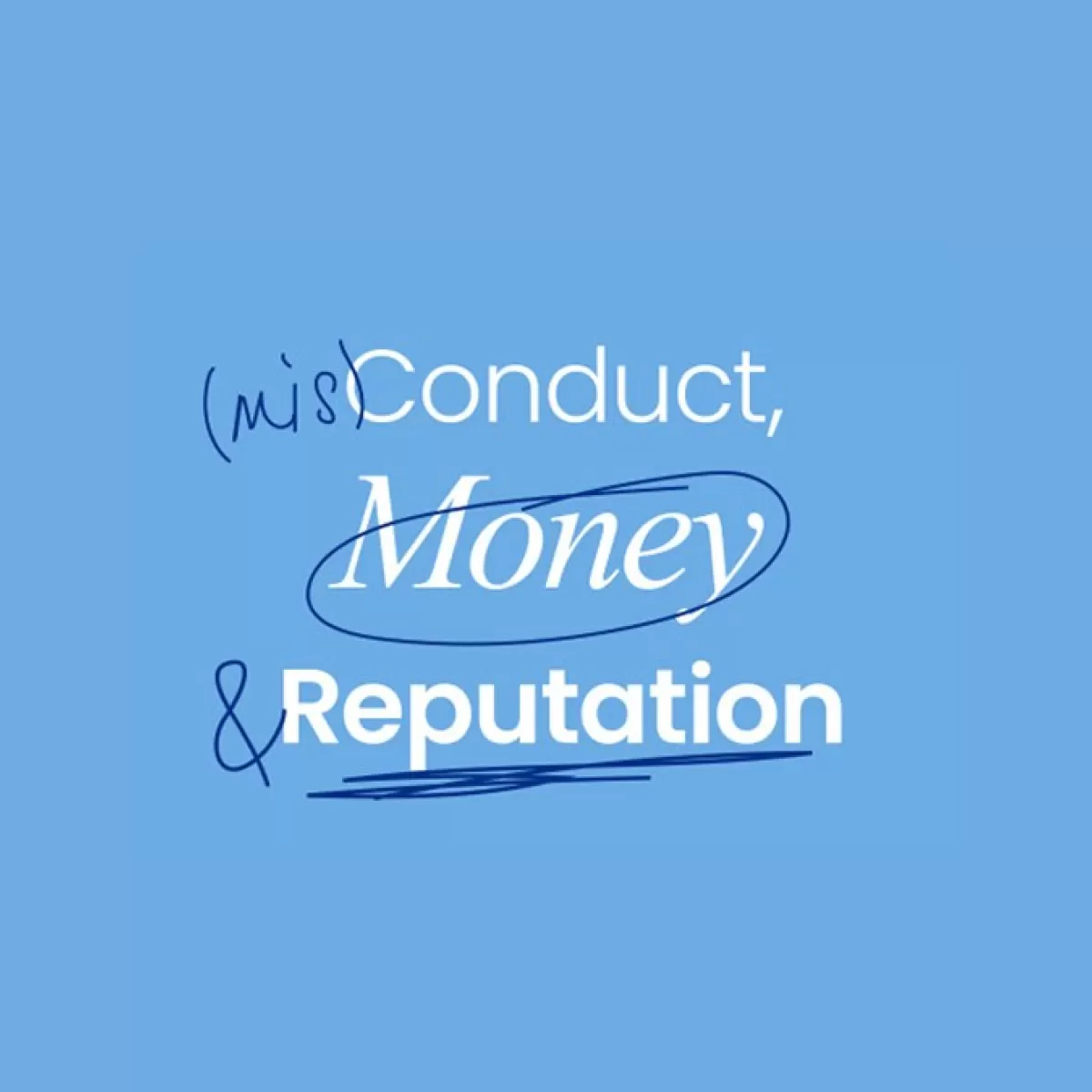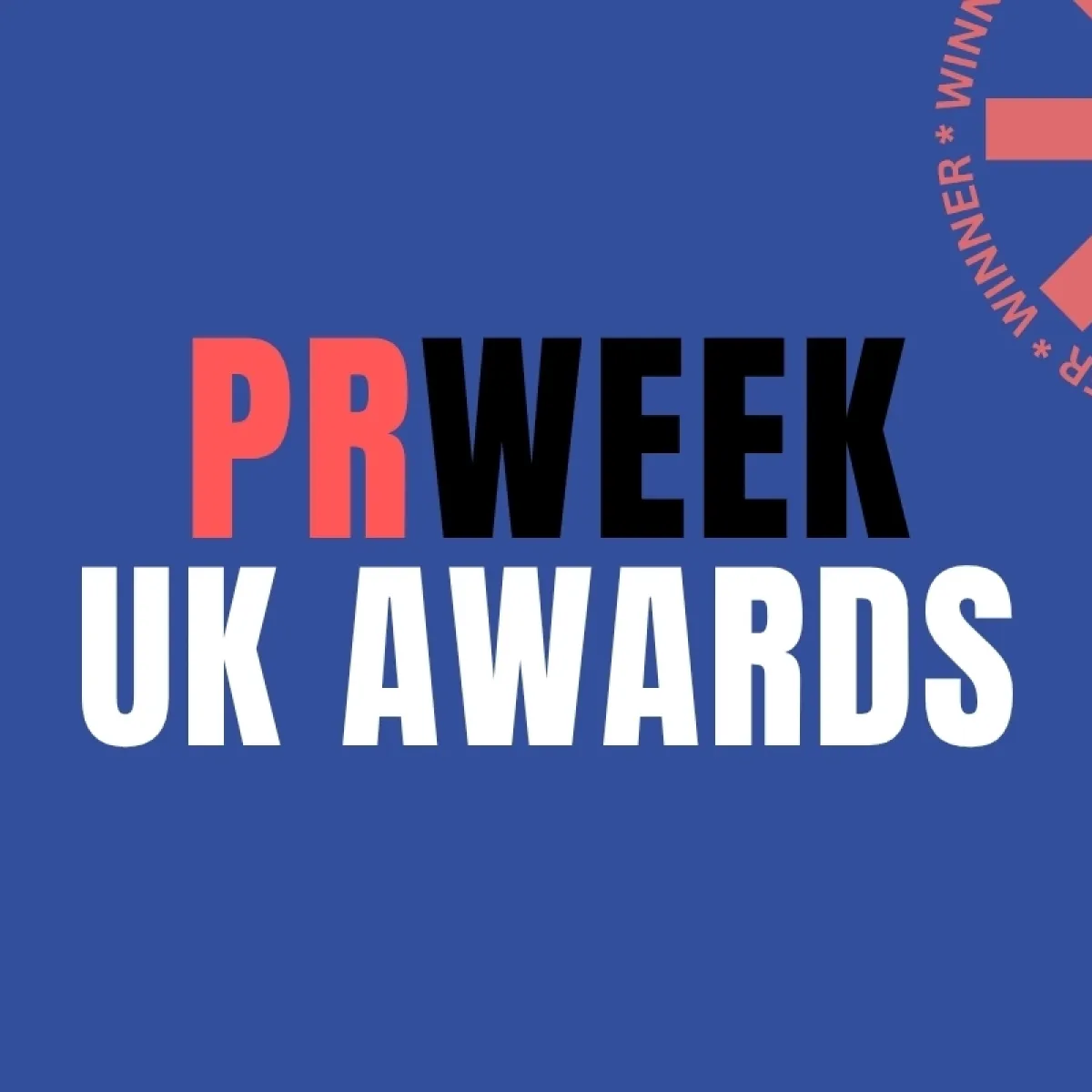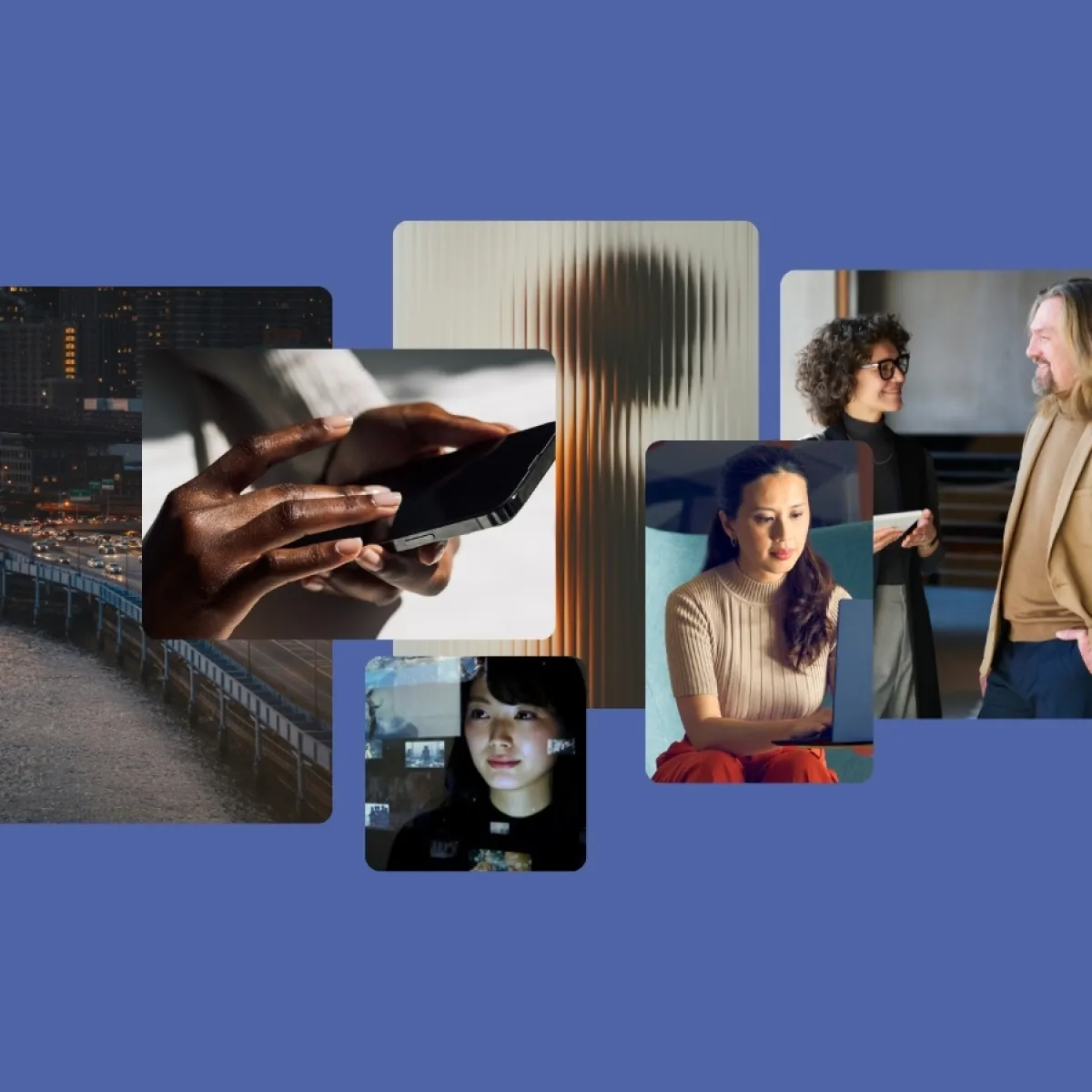This website uses cookies. Learn more
Here’s the latest news – brought to you by TikTok
Video-sharing site TikTok has taken the world by storm. But, as Lansons Director Jon Cronin discovers, the social networking phenomena is also shaking up the marketing and communication strategies of some of the globe’s biggest brands.
On a recent walk to school, my youngest daughter and I found ourselves chatting about Donald Trump and the then upcoming US Presidential Election. She was full of thoughts and questions about the American president, his views on Black Lives Matter and whether he’d still be in office next year. As a self-confessed news junkie, I was impressed with her up-to-date knowledge and asked where she’d been learning about the election – was it from school, friends or TV news? “No dad,” she said. “TikTok.”
Now, we’re no stranger to TikTok in our family. The social platform has been a mainstay of entertainment and distraction for the past couple of years. Like millions of their Generation Z peers, my daughters have created hundreds of 15-second music, dance and lip-synced videos on TikTok. As far as I was concerned, it was simply light-hearted, irreverent and sharable social content. However, what I didn’t realise was that – for my youngest daughter – it was also her primary source of news and current affairs.
The Covid-19 pandemic; the tragic killing of George Floyd in Minneapolis; the #MeToo movement – all were news stories my daughter was interested in; all were news stories she’d first encountered on TikTok. As a source of information, newspapers, TV, radio and online news were nowhere to be seen.
The death of traditional news media is often heralded by doomsayers, and while TikTok is hardly about to replace Fox News, the BBC and the Daily Mail as a primary source of news, the Chinese-owned phone app phenomenon is fast transforming to become a much wider content powerhouse.
The statistics surrounding TikTok alone are breath-taking. The platform currently boosts more than 800 million active users globally, more than six million of those in the UK. Available in almost 150 countries, the app’s content-centric approach means that even users with relatively few followers can potentially be viewed by millions of people. Take the example of @420doggface208, real name Nathan Apodaca, who until recently was a little-known user based in Idaho. His TikTok video – in which he skateboards to Fleetwood Mac’s hit ‘Dreams’ while drinking from a bottle of Ocean Spray juice – went viral, catapulting him to fame (while boosting sales for Fleetwood Mac).
Viral sensations, of course, are nothing new. But TikTok’s popularity with younger users (it is overwhelmingly the app of choice for Generation Z) means that, increasingly, marketers and media organisations who ignore the platform do so at their peril. Major brands such as Nike, Chipotle and the National Basketball Association (NBA) have all engaged, encouraging and rewarding user generated content hosted on their corporate TikTok pages.
A handful of news organisations, too, have launched into the space in search of younger viewers. The Washington Post (tagline: ‘We are a newspaper’) regularly posts videos, covering everything from the US election vote count to behind-the-scenes moments in the newsroom. The Daily Mail’s TikTok account (tagline:
‘Seriously popular’) mixes cute pets and politics. Between the two of them, The Washington Post and Daily Mail have more than two million TikTok viewers alone – the vast majority of whom are from the younger demographic businesses desperately want to reach.
Of course, TikTok is not without its controversies. As a Chinese-owned platform, the app came under attack from the Trump administration earlier this year, which cited fears TikTok’s parent company, ByteDance, could be passing on sensitive data about millions of American citizens to the government in Beijing. India’s government recently banned the use of TikTok across the entire country, while moves to force the sale of TikTok’s business in the US to an American company are being challenged in court.
But many of TikTok’s army of younger users are fiercely loyal, as I discovered when my daughter came back from school, angrily denouncing Donald Trump for “trying to shut down TikTok!”. Rival platforms which mirror TikTok’s approach, such as Instagram Reels, also pose a challenge to the incumbent. TikTok, though, is still streets ahead of its competitors and its problems in the US may ease under a less combative Biden administration. As an aside, TikTok currently has more than 80 million active users in the US, more people than voted for either Joe Biden or Donald Trump during the election.
What remains certain is the rise of TikTok as a powerful and authentic user-generated content platform for global brands – and media organisations – looking to connect with younger audiences. Don’t expect the end of the News At Ten any time soon. But don’t be surprised if, in the future, more of the news is brought to you by TikTok.
If you would like to know how your business can use video to engage existing or new audiences then get in touch with the Lansons Production team: teamproduction@lansons.com
Stay in the loop with our experts




New Business: to find out how we can help you, contact our dedicated new businesss team consultancy@lansons.com
Careers: we’d love to hear from you, please visit our careers hub











